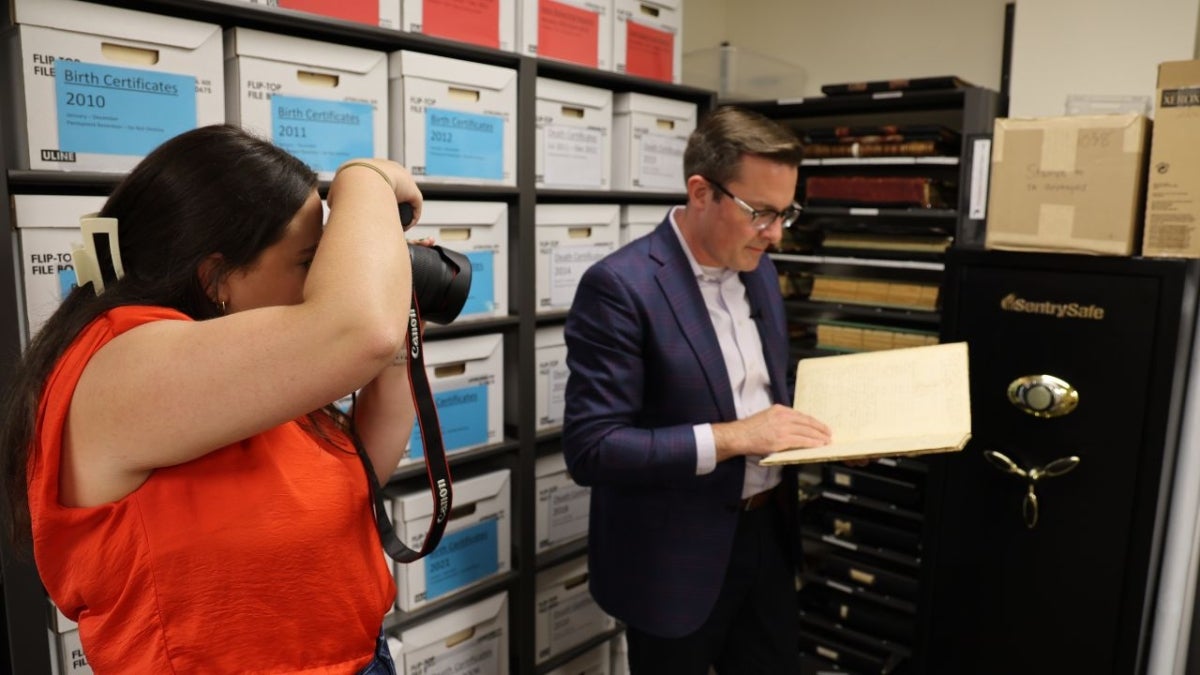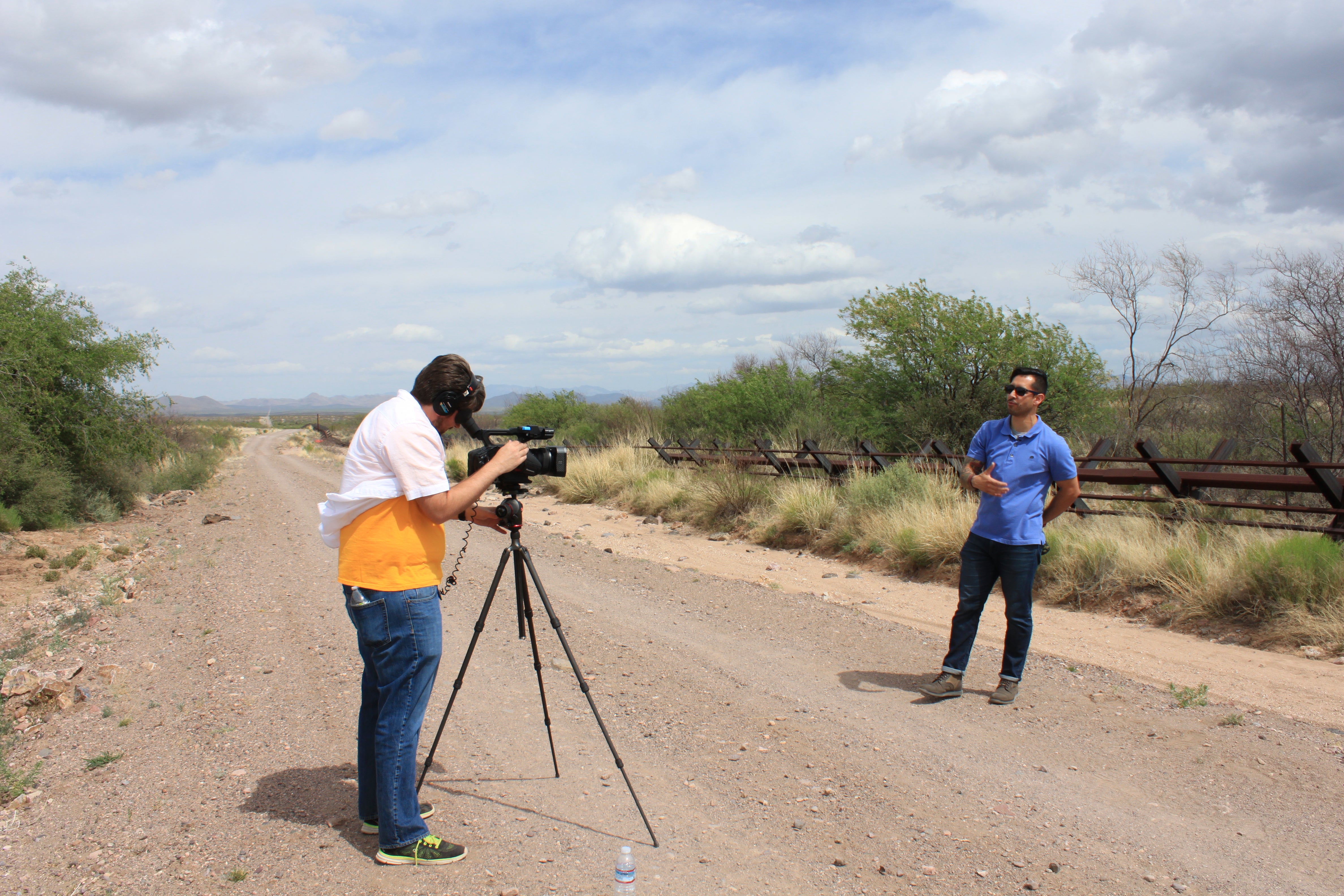New ASU Online course to provide historical context of global migrations

Alexander Avina grew up the son of undocumented Mexican migrants in California, constantly aware that at any moment his parents could be deported, leaving him and his siblings, all American-born, to fend for themselves.
Fortunately, that never happened. But migration, the reasons people do it and the complications associated with it were concepts he became intimately acquainted with at an early age. Later, they became subjects of inquiry and research. Now, they are relevant knowledge he will impart in a new Arizona State University online graduate course this fall called Global Migrations.
“There’s a political and intellectual urgency to teaching this class now, in this moment,” Avina said, “considering the stigmatization of migrants from Mexico and Latin America, and the ongoing refugee crisis in Europe.”
When Avina joined ASU in 2016 as an associate professor of history, facultyAvina said School of Historical, Philosophical and Religious Studies Professors Matthew Garcia and Penelope Moon were instrumental in the creation of the new online Global Migrations course. in the School of Historical, Philosophical and Religious Studies were already discussing the need for a course that considered the historical context of migration on a global level, looking at how it has affected and continues to affect politics, economics, society and culture. As the year progressed and new political landscapes unfolded, ideation became imperative reality.
The 7.5-week courseGlobal Migrations is a Fall 2017 Session B course, beginning Oct. 11. Students can register for the course through the start date. is the first of its kind at ASU. It is unique in that it was created as part of the PLuS Alliance, a tri-continental partnership between ASU, King’s College London and the University of New South Wales in Australia that aims to address global challenges and expand access to world-class learning through online programs.
This fall, the course will feature interviews with faculty from King’s College London about the current state of migration in Europe. As the class progresses, Avina hopes to integrate faculty from UNSW Australia, as well. The goal is for students to gain a more holistic understanding of human migration by learning about what it looks like in various parts of the world, from experts witnessing it firsthand.
Though contemporary issues of global migration will certainly play a role in the curriculum, Avina wants his students to come away from the course knowing that migration and related concepts, like borders and empires, have “long, historical antecedents.”
School of Historical, Philosophical and Religious Studies Associate Professor Alexander Avina (right) films footage for his Fall 2017 Global Migrations online graduate course at the U.S.-Mexico border in Douglas, Arizona. Photo by Erica May
“There’s a dialectical relationship between the past and the present,” he said. “The past never goes away; it continues to shape and influence political policies and decisions that are made today.”
In April of this year, Avina traveled to Douglas, Arizona, to take footage of the U.S.-Mexico border so that students could get an idea of what it really looks like. A local rancher served as his guide, pointing out a spot where there were two or three conflicting border markers; it’s evidence, Avina said, of the reason behind a common sentiment among many Mexican migrants that “we didn’t cross the border, the border crossed us.”
“Borders are fictitious, artificial creations that come out of processes of military conquests and political power, but they have real, material consequences, and in many cases, people are victims of that,” Avina said, adding that today, those victims include citizens of Europe, where the refugee crisis has had huge consequences.
Four main themes will be explored throughout the course, with readings, discussions and videos as supplement. The four themes are: empire, borders, detention and exclusion.
“By giving historical context to those concepts and processes, hopefully we’ll give students a more nuanced understanding as to why these issues have such saliency and political power in the present day,” Avina said.
More Law, journalism and politics

Native Vote works to ensure the right to vote for Arizona's Native Americans
The Navajo Nation is in a remote area of northeastern Arizona, far away from the hustle of urban life. The 27,400-acre reservation is home to the Canyon de Chelly National Monument and…

New report documents Latinos’ critical roles in AI
According to a new report that traces the important role Latinos are playing in the growth of artificial intelligence technology across the country, Latinos are early adopters of AI.The 2024 Latino…

ASU's Carnegie-Knight News21 project examines the state of American democracy
In the latest project of Carnegie-Knight News21, a national reporting initiative and fellowship headquartered at Arizona State University’s Walter Cronkite School of Journalism and Mass Communication…
